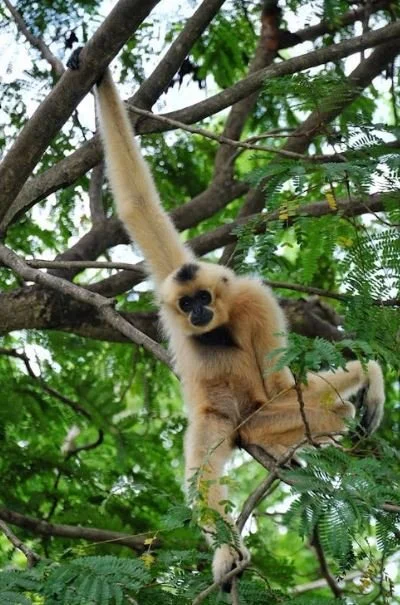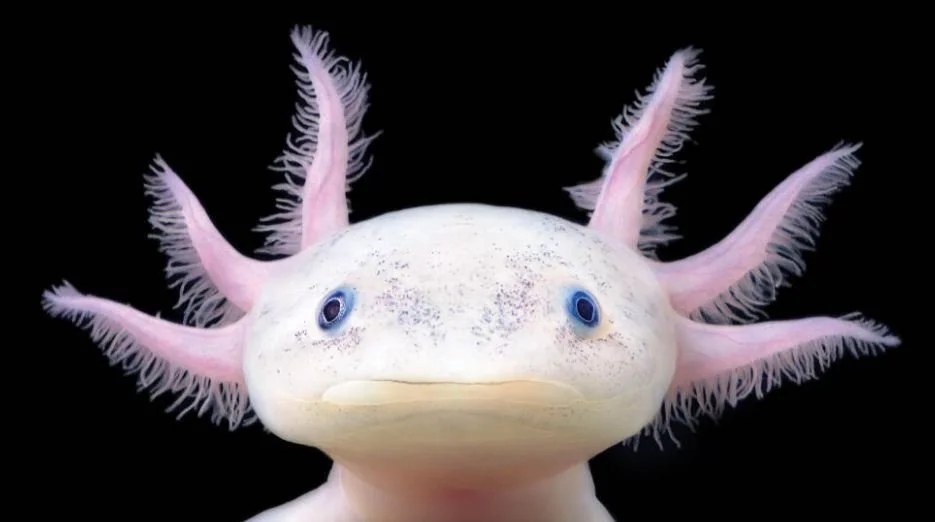There's Hope for North America's Most Endangered Bird
Just a few years ago the population of the Florida grasshopper sparrow, a “critically imperiled” species and the most endangered bird on the continent, was hanging by the thread.
There were an estimated 50 or 60 remaining in the wild ten years ago, and experts predicted an inevitable extinction. But conservationists in Florida have since turned things around, rekindling hope with the recent release of the 1,000th captive-raised sparrow into the wild.
Habitat loss nearly did the little guys in (and it might yet). There were once about 90 million square acres of prairie grassland in central Florida – prime real estate for sparrow nests – but explosive development in the state has eaten up about 90 percent of that. Climate change, in particular increased rainfall and flooding, has disturbed the few remaining nesting areas, as have some aggressive invasive species, such as the fire ant.
In 2015, 23 eggs at risk from flooding were rescued by the Rare Species Conservatory Foundation, which successfully hatched 21 chicks via artificial incubation. There followed some soul searching among conservationists: some wanted to capture all the remaining wild specimens to use in a captive breeding program; others thought the birds should be left alone in the wild, in order to study how the subspecies survives in nature.
“It was a lot of difficult and very strong feelings, and no one really knew the answer,” Paul Gray, science coordinator for the Everglades Restoration Program at Audubon Florida, tells Inside Climate News.
They went with the plan to hatch more in captivity, then release into the wild. It’s a delicate process: sparrow chicks are raised in facilities that approximate conditions they will face on the prairie. In 2019 about 20 percent of the captive-raised sparrows survived in the wild, which sounds bad but was actually better than expected. Since then the birds have maintained a 15 percent survival rate, considered a success for a species with a very low survival rate to begin with.
The Florida grasshopper sparrow (Ammodramus savannarum floridanus) grows to be barely five inches long, with brown, white, and gray plumage. It gets its name from one of its calls, a short buzzing sound reminiscent of a grasshopper in flight.
Photo credit: Karen Parker / Florida Fish and Wildlife Conservation Commission







